
Planting Guides How to Plant Citrus Trees
Citrus trees include oranges, lemons, limes, tangerines, mandarins, satsumas and kumquats. This guide will help you plant any kind of citrus tree. If you live in a warm area these are great trees for your garden, or if you live in cooler areas they are also wonderful trees to grow in pots and planter boxes, moving them indoors for the winter if necessary. If you plant your tree correctly and care for it, it will soon be covered in delicious fruit for you and your family to enjoy.
In a Nutshell
– Remove all packaging
– Water the tree in its pot
– Choose a suitable planting site
– Prepare the soil
– Dig a hole the depth of the pot
– Prepare the roots to prevent girdling
– Put the tree in its hole and replace most of the soil
– Water well, let the water drain and put back the rest of the soil
– Put a mulch around your tree and water once a week for the first season
Getting Your Citrus Trees Ready to Plant
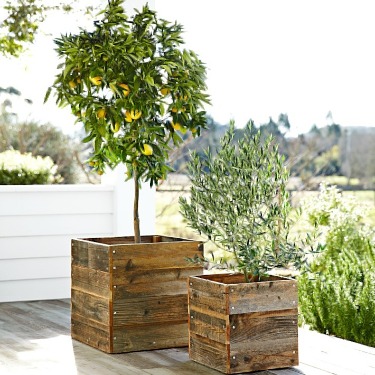
If you receive your trees in winter – which is a great planting season as long as the ground is not frozen – then of course they will have no leaves on them. That is normal – as soon as spring comes your tree will send out its fresh, new leaves and begin to grow.
Move your plant around by picking up the pot – do not lift it by the trunk or stem.
Care Before Planting Time
Your trees have been on a journey and they will be a little stressed, so place them in a shady part of your garden and give them a good watering. Do not remove them from the pot. If you are not going to be doing the planting for a little while, that is fine, they will be happy in their pots, but after a day or two in the shade, move your trees to a sunny location. Remember to water every day or every second day, depending on how warm the weather is – do not let the pot become completely dry, but do not water a plant that is already damp. If the soil becomes very dry, place it in a bucket and half-fill the bucket with water so that the soil can soak completely.
If you live in a colder region and are going to grow your citrus tree in a pot, don’t put it outdoors if the temperature is lower than 40 degrees. Keep it in a well-lit place inside until you are ready to plant it in its final pot.
Choosing a Planting Location
Citrus trees grow outdoors best in areas that receive little or no frost, so zones 9 and 10 are best. It is possible if temperatures below 25 degrees are expected to cover your tree with a garden blanket to protect it and hanging a few light-bulbs under the blanket will give even more protection. Lemons and limes need the warmest conditions while other citrus are more cold-tolerant.
Choose a sunny, sheltered spot for your tree if you are planting outdoors. The final size of citrus trees is highly variable, so look at the width given in our description and give your tree the room suggested. Do not plant too close to other trees and allow for the growth of young trees nearby. Don’t plant near a fence or your property boundary as a neighbor has the right to cut off any branches (or pick any fruit) that hangs over their property.
Do I Need a Pollinator?
The short answer is no, most citrus trees do not need a pollinator – except for a few very unusual varieties, all citrus trees will grow a full crop without another tree nearby. In fact, the fruit is often better you’re your tree is grown alone, because it will contain no seeds. Even indoors, hand pollination is not necessary, although you will see it often suggested.
Preparing the Planting Site
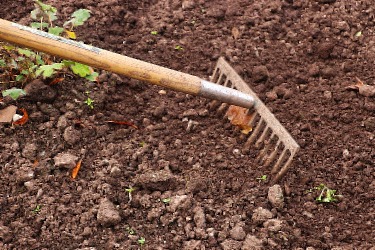
Remove roots of weeds from the area and any stones bigger than your fist. Smaller stones can be left and it is not a good idea to sieve the soil to remove smaller stones they are best left in and can help with drainage.
Turn over the soil, mixing the organic material and fertilizer into it and then level it off and get ready to plant. Save some of the organic material you used to mulch your tree after planting.
Preparing the Tree
The evening before you are going to plant, give the pots a good soaking with water. If the root ball is dry when you plant, it may stay that way and cause your tree to suffer from dryness even if the surrounding soil is damp.
Digging the Hole
Now dig a hole in the exact spot where you want your tree to be, making it two or three times the diameter of the pot, but only just as deep. If you have dug the soil deeper than that, use your foot to press down the soil in the bottom of the hole, to form a firm base beneath the tree. This is to prevent it from sinking deeper than you want in the hole after you have planted it.
Removing the Pot
Take your tree to the planting hole and slide the pot gently off. You may need to tap the edge a couple of times to release the roots, but it should slide out pretty easily. Usually there will be plenty of roots filling the pot and the root-ball will stay together and not fall apart at all.
If it looks like the soil is going to fall off the roots, don’t worry, that is easily dealt with. If you tree is dormant, with no leaves, then just let any extra soil fall into the planting hole. If your tree is growing, with green leaves, then leave it in the pot, take a sharp knife and cut around the bottom of the pot and remove the base. Then get someone to hold the pot together while you cut down the side of the pot. Tie a piece of string around it to hold it together while you plant.
Planting Your Citrus Tree
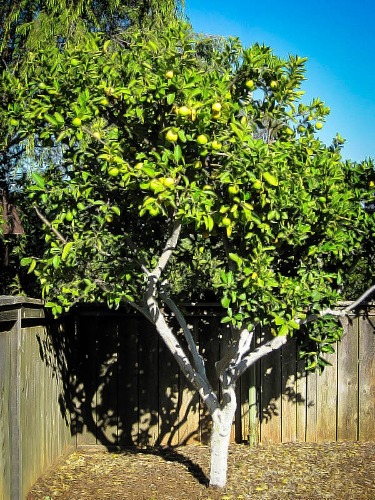
Watering the Tree
Now fill the hole with lots of water, letting it soak down into the ground and into the root ball. Use plenty of water and then wait until it has all drained away. This will give plenty of water around the roots, where it is needed.
Finishing the Planting
Now put back the rest of the soil, firming it gently down. Make sure you have only covered the top of the root ball with a very little soil, no more than one inch. If you can still see the top of the root ball, that is fine. Make sure the soil is not sloping away from the tree, but flat, so that when you water it will stay around the tree, not run away. Some gardeners like to make a low wall of soil around the tree, at a spot about twice the diameter of the pot, to retain water. This is a fine thing to do, but not absolutely necessary. Put a layer of organic material over the root area, about two inches deep and then water the whole area thoroughly.
Planting in a Container
To grow your citrus tree in a pot or large container, make sure it has drainage. Use a regular potting soil for your tree. Place a stone or piece of screening wire over the drainage holes and fill the pot half-way. Remove your tree from its pot and place it in the center of the pot so that the top of its soil is about one inch below the rim of the pot. Add soil around the roots until you have completely filled the pot to one inch below the rim. Water thoroughly until water runs out of the drainage holes. Do not let your tree stand in a saucer of water and let the soil dry a little between each watering.
Staking
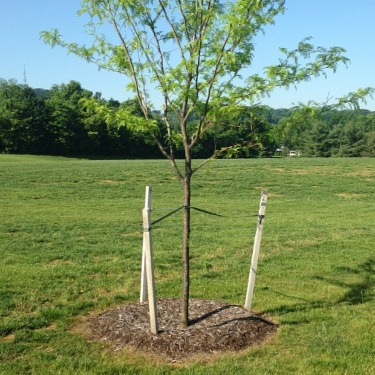
If you have used a stake, remove it after one growing season, once the roots are well-established.
Follow-up Care of the Tree
Until your tree is established and has spread out its roots, it will need regular watering. How often depends on the weather, but a good, slow soaking once a week is usually best, or twice a week if the weather is hot. Soak the whole area around the tree, not just up against the trunk
So that is it. Your new citrus tree is set for a great life and it will soon reward you with vigorous growth and a bounty of delicious fruit. A little care really pays off.
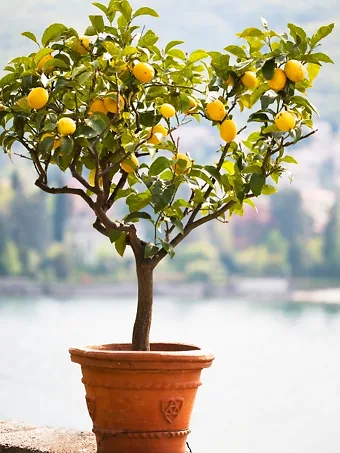
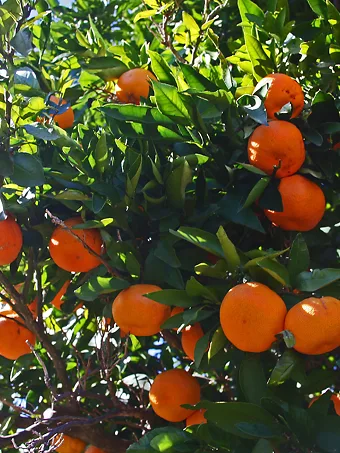
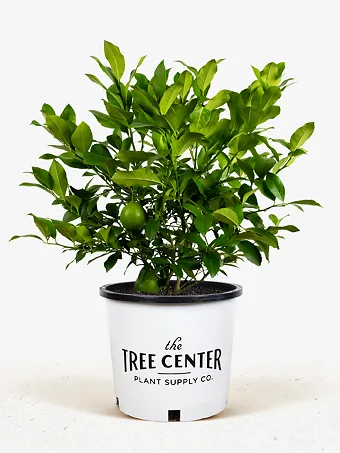
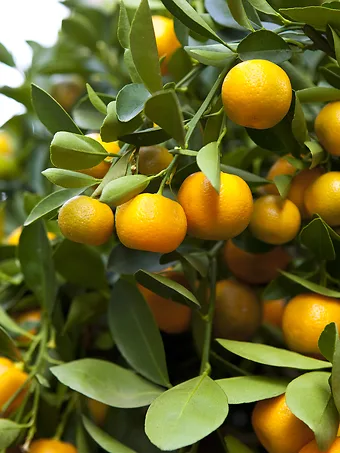
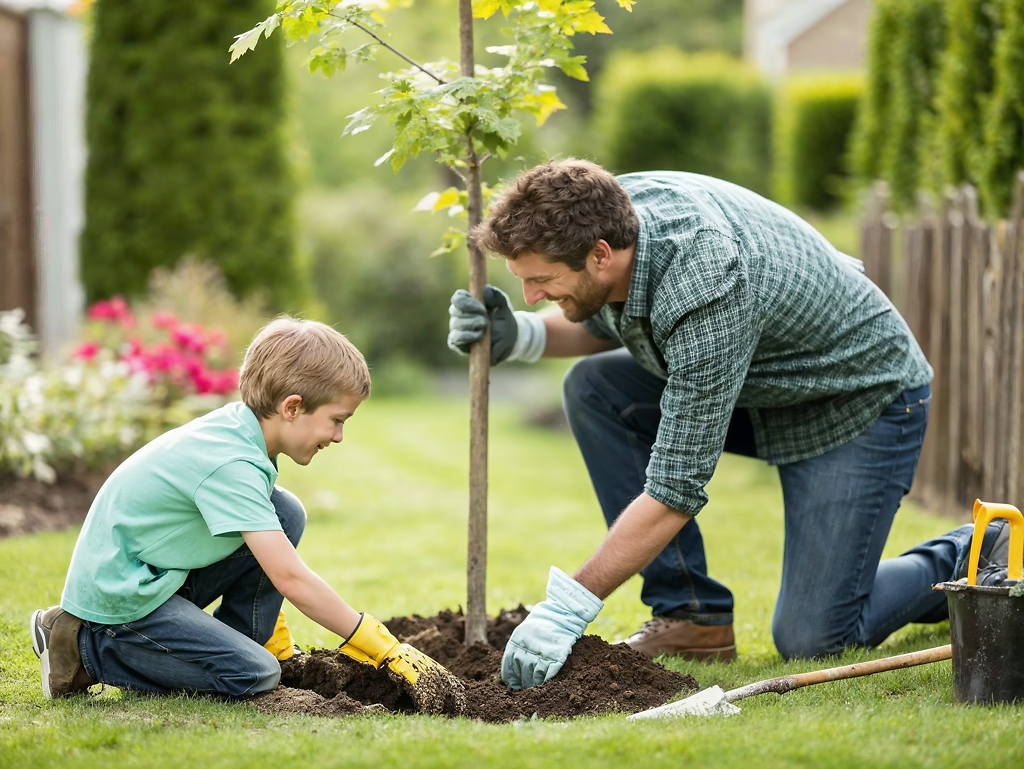
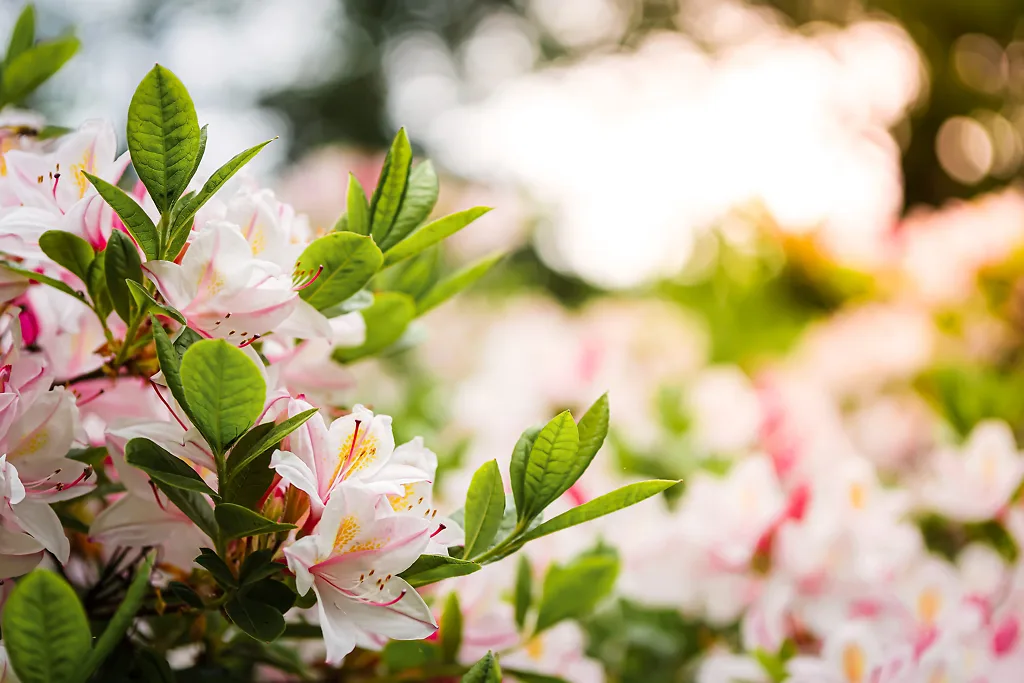






Comments 13 comments
Can you plant citrus trees when they are blossoming?
I’m in southwest Ohio – zones 6a/b. Can I grow a lime Tree in container and move indoors in winter? What kind of line tree and what instructions
Great information n instructions. Thank you
I received a 5 gallon blood orange tree. Should I pick off any fruit blooms the first year or is it ready to fruit?
Looking for pomegranite tree
I received my Meyer lemon tree and after I unboxed it I noticed a lot of the leaves are either ripped or have holes in them, is this normal? Is there anything that I need to do?
how to to do grafting on a citrus palnt?
Thanks for the great tips. I’ve just finished planting a mandarin tree in my backyard in Orlando, FL. When should I start fertilizing the tree? I once killed a newly planted lemon tree with fertilizer added according to package instructions, so I don’t want to have that happen again.
I want a catalog? Specifically a citrus container dwarf tree catalog?
What size pot should I use for a #5 container lemon tree?
I just got my Mayer lemon last week. I have it in the container and put it in a very sunny spot. The first watering; the water went right through , so two days later I watered it twice that day. Now the leaves are turning yellow and falling off.
I just got my Mayer lemon last week. I have it in the container and put it in a very sunny spot. The first watering; the water went right through , so two days later I watered it twice that day. Now the leaves are turning yellow and falling off.
do you have Trifoliate rootstock? Ship to British Columbia, Canada?